A Brief History of the White House Easter Egg Roll
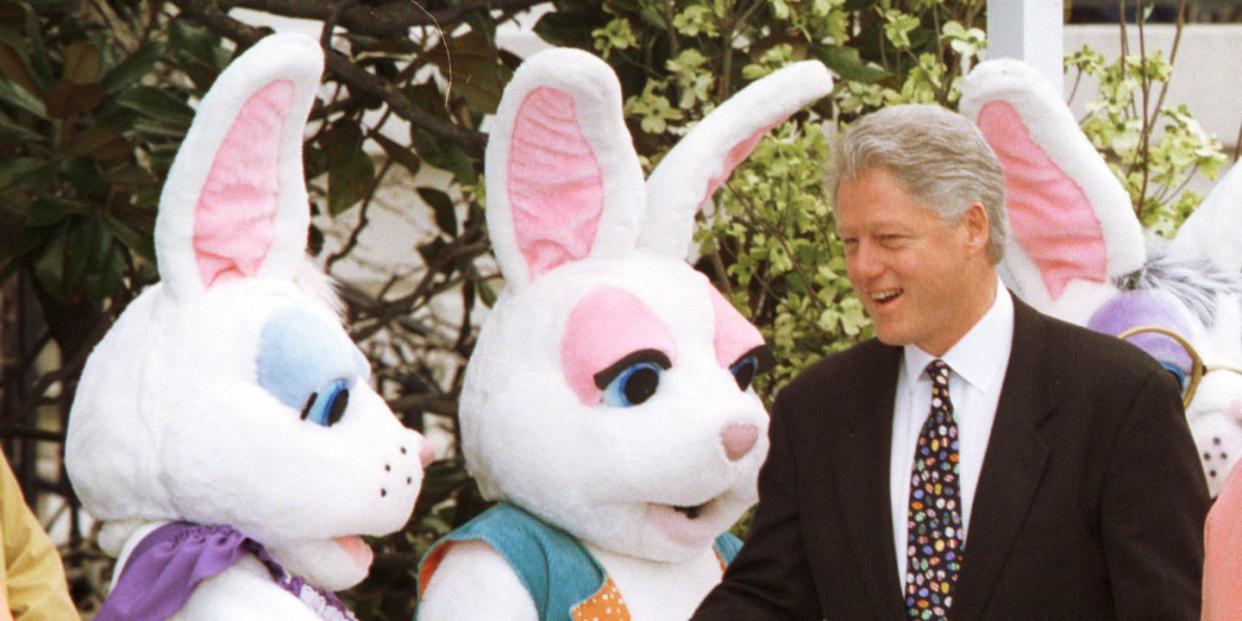
The inauguration isn't the only big event the president throws for the public. Every year, on the Monday following Easter Sunday, the White House opens up the South Lawn to crowds of children and their parents for the annual Easter Egg Roll. Over the years, it has become one of the biggest annual events organized by the administration. It was just announced that this year's roll will take place on Monday, April 22. As in the past, families can enter a lottery to attend.
Here's how the event came to be:
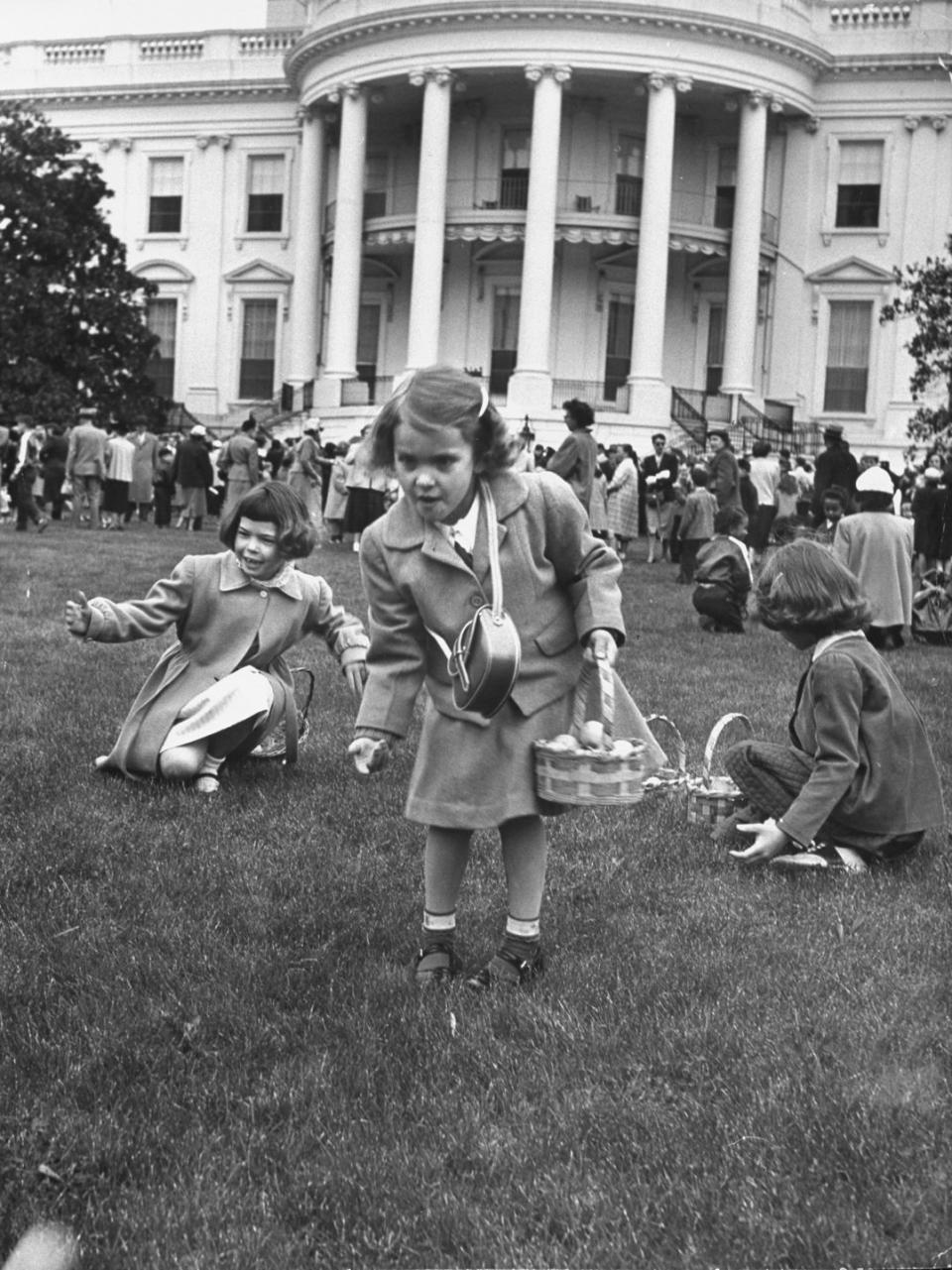
The History
For something involving grown men in bunny suits, the event is surprisingly contentious. Beginning in the 1870s, children rolled their Easter eggs down a hill at the Capitol building in Washington, D.C. Seems wholesome enough. But some Easter Scrooges found the resulting destruction of the grass so unacceptable, they went so far as to write a bill banning the practice, which President Ulysses Grant signed into law in 1876. The following year, the first of the ban, was too rainy for egg-rolling, making the law a moot point. But the egg fans had something of an uprising the following year. Children who showed up to the Capitol ready to go were tossed out by the police. Accounts vary as to whether the children spontaneously headed to the White House, or if the then-President, Rutherford Hayes, quietly let it be known they would be welcome-but either way, the White House gates were opened to them, and the tradition began.
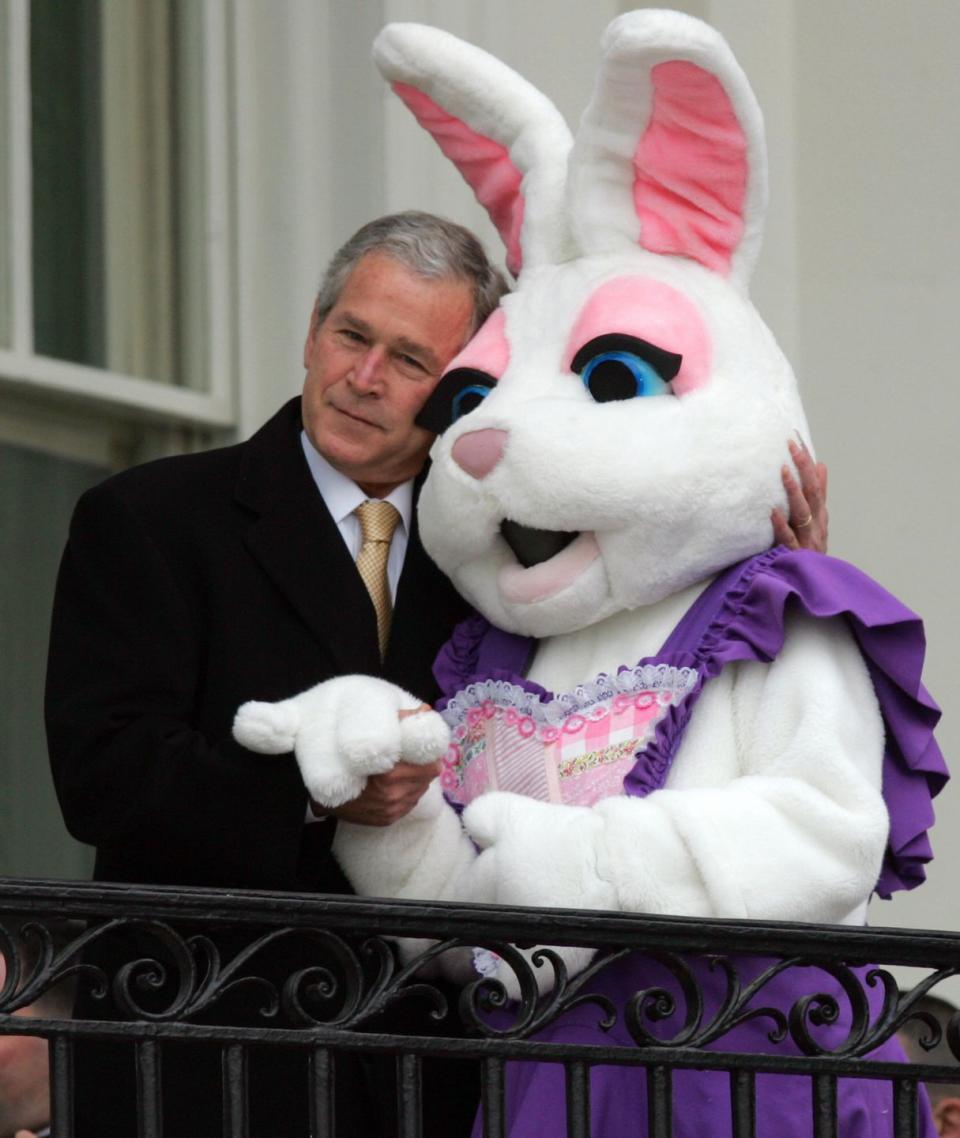
The Guests
The event has evolved over the years from those spontaneous gatherings of local children to a massive event-2016 boasted 37,000 guests. And in recent years, tickets have been free and available via an online lottery system.
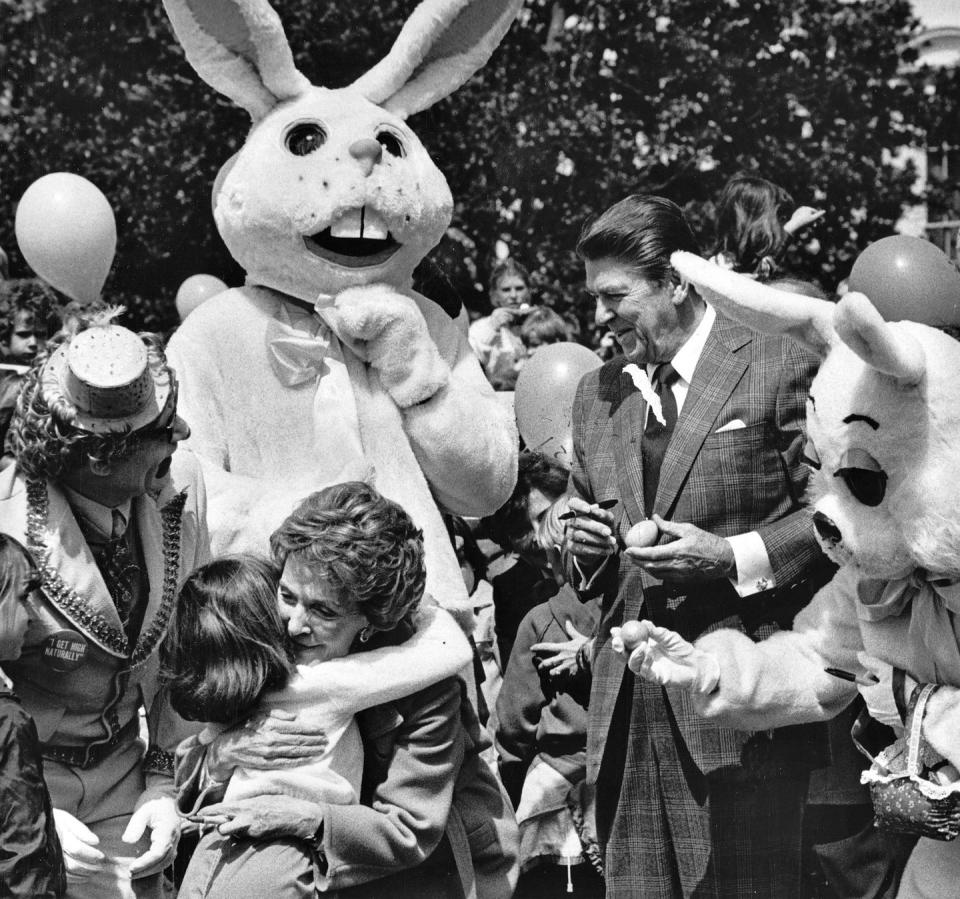
The Games
While the main attraction may be the Roll itself-children push the eggs down a hill with spoons, a tradition begun in 1974 with spoons from the White House kitchen-in recent years, the lawn was packed with other activity stations. Under the Obama administration, Easter Egg Rolls played into the first lady's Let's Move initiative, with a Yoga Garden and a station to learn about healthy eating. One memorable moment at the 2015 event: As the President read Where the Wild Things Are to a crowd of children, bees descended, sending the kids into shrieking chaos and leaving Obama to try to convince them that the bees wouldn't hurt them. (One little girl hilariously protested, "Bees sting and they're scary!") The Obamas weren't the first to introduce games; the tradition dates back to 1939, at Eleanor Roosevelt's first Easter Egg Roll. In 1977, there was a circus and a 1,200 pound steer, and in 1981, Broadway performances and balloons from the Macy's Thanksgiving Day parade.
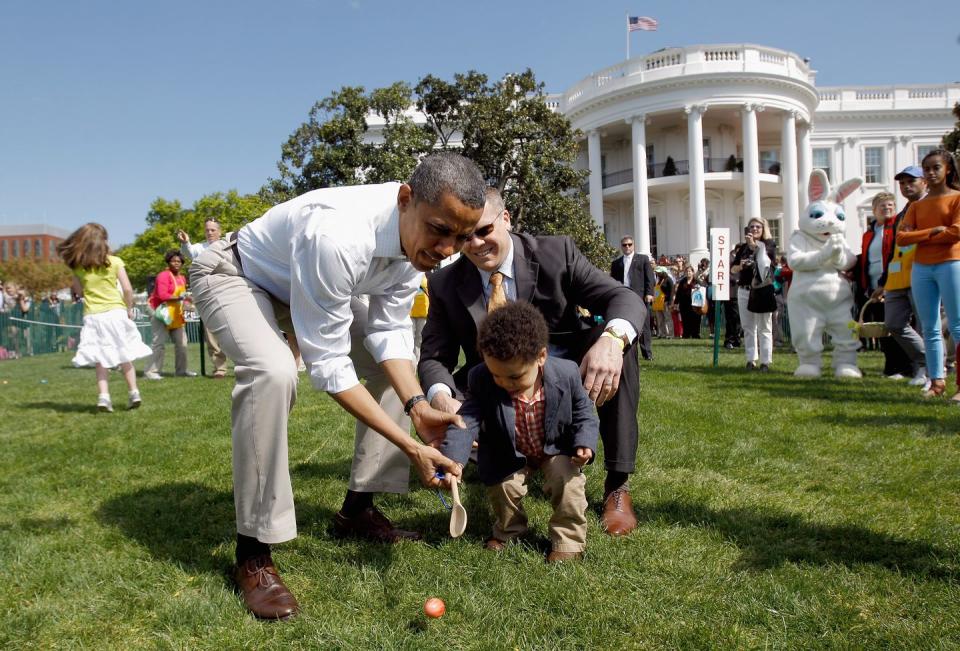
The Performers
In 2017, military bands provided the soundtrack to the event, a change from the bigger named acts which have performed in previous years. In 2016, Idina Menzel, Silentó, and Daya were at the event, and the roster of other recent performers pretty much make up the young-crowd A-list: Justin Bieber, Jordin Sparks, Willow Smith, Zendaya, Fifth Harmony, Greyson Chance, Yo Gabba Gabba, and more.
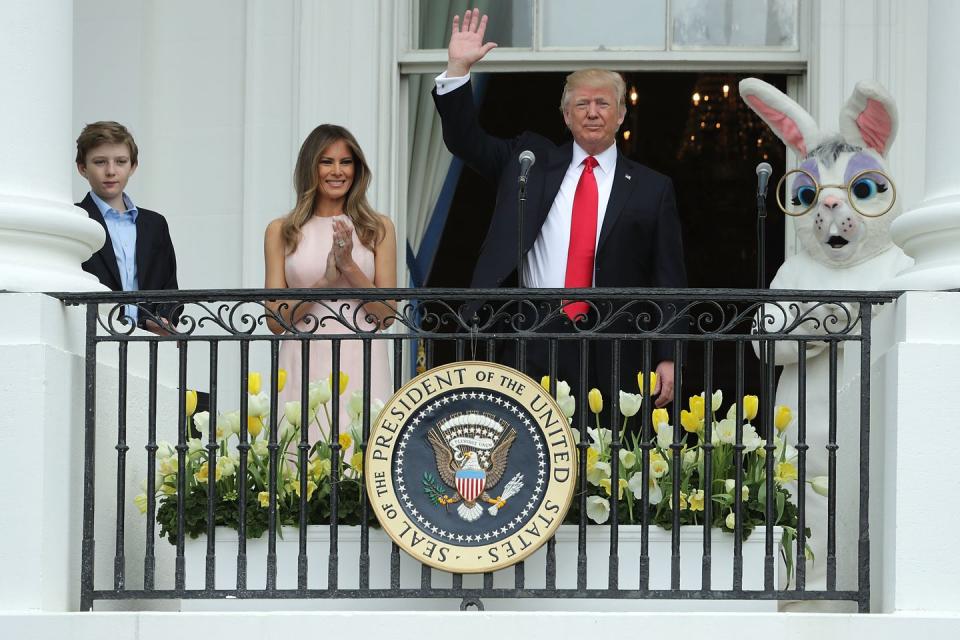
That said, the Trump administration has stuck with the time-honored tradition of having the Easter bunny attend. The costumed Bunny was first introduced by President Richard Nixon's wife Pat at the 1969 Easter Egg Roll. For six years running, Ursula Meese, the wife of President Ronald Reagan's attorney general Edwin Meese, was such a hit, she earned the nickname "The Meester Bunny." And of course, a former Trump White House staffer had his Bunny past revealed: Sean Spicer.
('You Might Also Like',)


